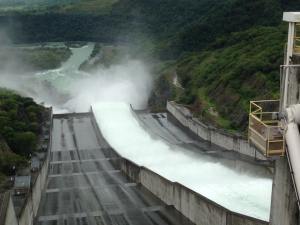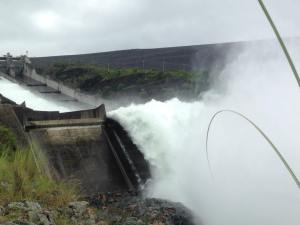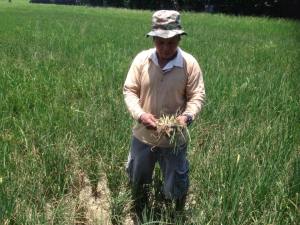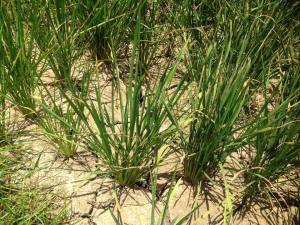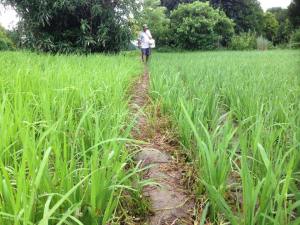PANGASINAN: The San Roque dam started releasing water from its two gates since Saturday noon due to bad weather brought by Typhoon Ineng. The National Power Corporation issued a notice of dam discharge operation since the water elevation has reached its spilling level of 280 meters above sea level (masl).
According to Tommy Valdez, San Roque Power Corporations’ vice-president for corporate social responsibility, the water release is considered a precautionary measure to prevent massive flooding and further damages in Pangasinan.
“The water level keeps on increasing. So to balance that or to pre-empt the sudden increase of water level, nag-instruct sila ng release ng tubig [they instructed water release],” Valdez said.
As of Tuesday, around 700 cubic meters of water per second are being released from the dam.
Accordingly, the Agno River system can withstand the amount of water being released from the dam. It is not supposed to trigger floods along the 18 towns and cities traversing Agno River. However, Valdez advised the local disaster units to monitor other river systems in the province.
Meanwhile, the Pangasinan Disaster Risk Reduction and Management Office remains on red alert. The office monitored the emergence of flood in towns of Calasiao, Sta. Barbara and Bayambang.
“Kung walang sasalong dam dito, yung mga pag-uulan na nangyayari sa Cordillera region ay babato sa Sinocalan River yun, galing Mt. Ampucao [Without the dam, all the rainwaters in the Cordillera Region will flow from Mt. Ampucao down to Sinocalan River],” Avenix Arenas, PDRRMO spokesperson said.
Because of flood, 10 barangays [village] in Calasiao towns are flooded. Some roads are impassable.
SEE THE COMPLETE VIDEO DETAILS (BALITA PILIPINAS NGAYON, GMANEWSTV)
Residents are advised to take precautionary measures, like pre-emptive evacuation if need be. Water search and rescue teams and equipment are readily available.
Meanwhile, some students brace the flooded areas just to attend class. #

